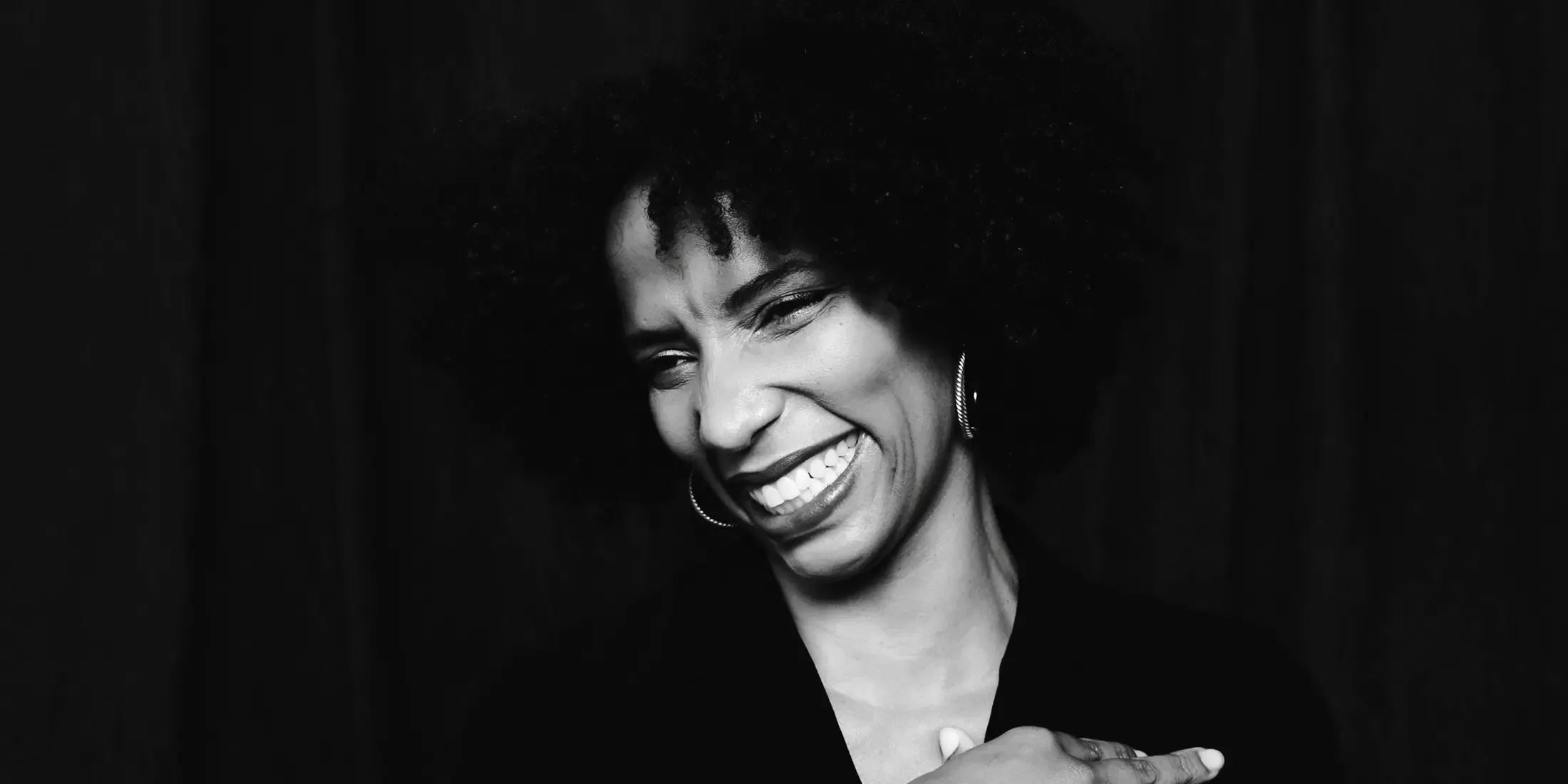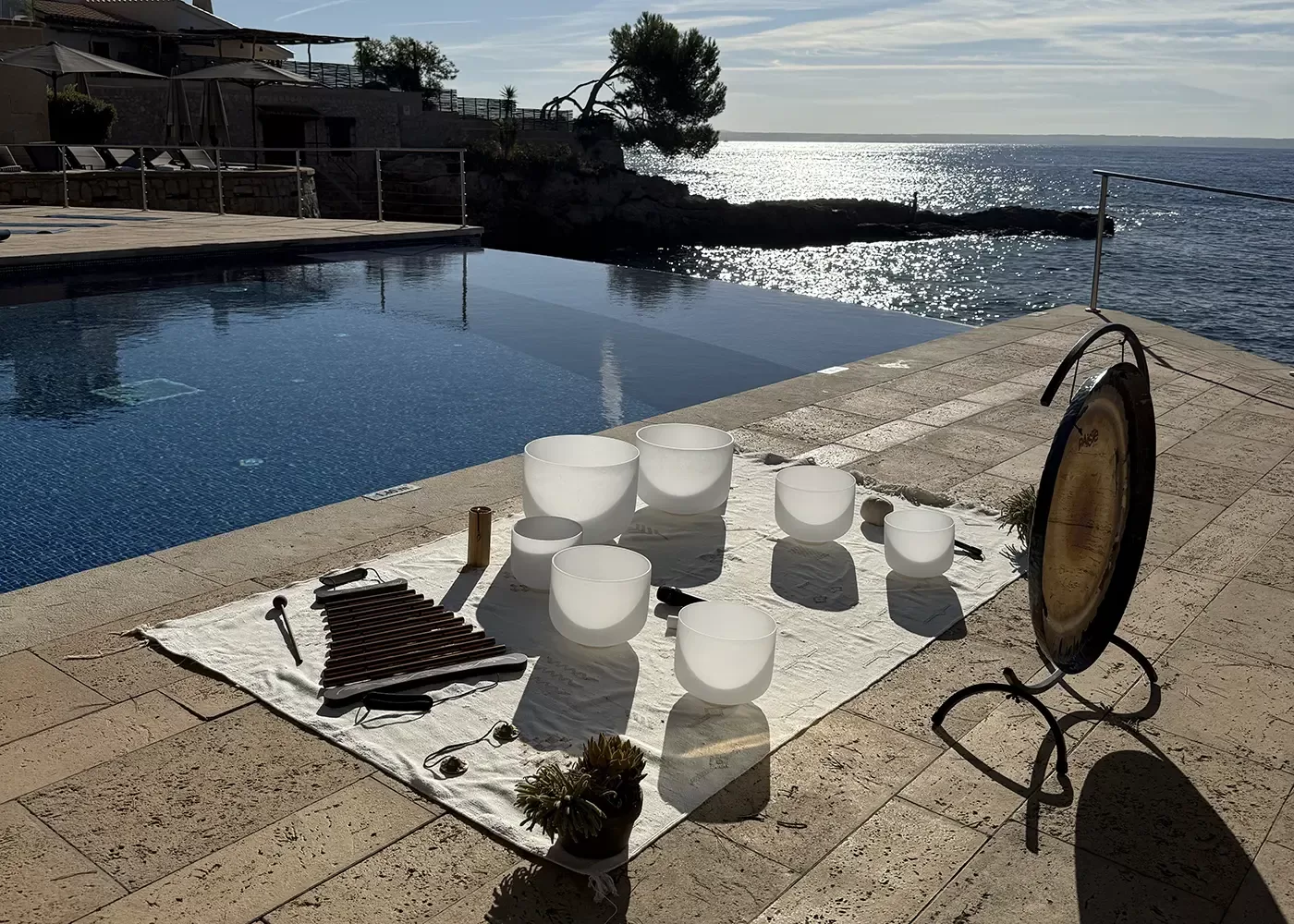Right now, just 12.5% of the globe’s 3,194 billionaires are women – a figure that’s remained stubbornly flat over the past decade. However, the world of wealth is changing – and more women than ever are breaking into the billionaire’s club.
But why is this happening? Analysts point to shifting patterns of global wealth distribution, changing cultural – and boardroom – attitudes, and greater inter-generational wealth transfer as just some of the reasons that more women than ever have a seat at the billionaire’s table. And the fact that the number of female entrepreneurs is rapidly rising.
… But who is the female billionaire really? Are there unique characteristics, preferences, and aspirations that belong to this group of individuals? Where does her wealth come from – and what is she spending it on?
Myth-busting the image of the wealthy heiress
Throughout pop culture history, the female billionaire is commonly depicted as a caricature-like wealthy heiress. She is eccentric, lonely, and out of touch with reality – think Great Expectation’s Miss Havisham or White Lotus’s Tanya McQuoid. Or she is an image-driven celebrity – that’s the Kardashians and Taylor Swifts of the world.
But what does the data tell us – and how does it help us unmask this character?
Barclays recently reported that women now make up 15% of the world’s UHNWs – a rise that it attributes to a steadily increasing number of female entrepreneurs. But we think this growth in women’s wealth isn’t just about female founders – and we have the stats to prove it.
As an agency powered by Quintessentially, Quintessentially Experiences has a unique insight into the lives and habits of the world’s most wealthy – and this access makes our research so rich. For example, we recently carried out research for De Beers that defined the motivations, needs, and desires of the over five-carat diamond market – and a large majority of the Quintessentially members we spoke to were UHNW women.
We also conducted further research that revealed female capital broadly comes from four categories: 25% from inherited wealth, 30% from entrepreneurial enterprises, 10% from finance, and the remaining 35% from industries like tech, healthcare, and real estate.
From this, we know that the female billionaire of 2024 is smart and savvy – someone who you might find bossing the boardroom or breaking glass ceilings. But to put her in a box or try and draw a picture of a ‘typical’ wealthy woman would be to miss our main point entirely: in 2024, the female billionaire market is booming, and a one-size-fits-all approach is no longer viable for brands and businesses trying to cater to it.

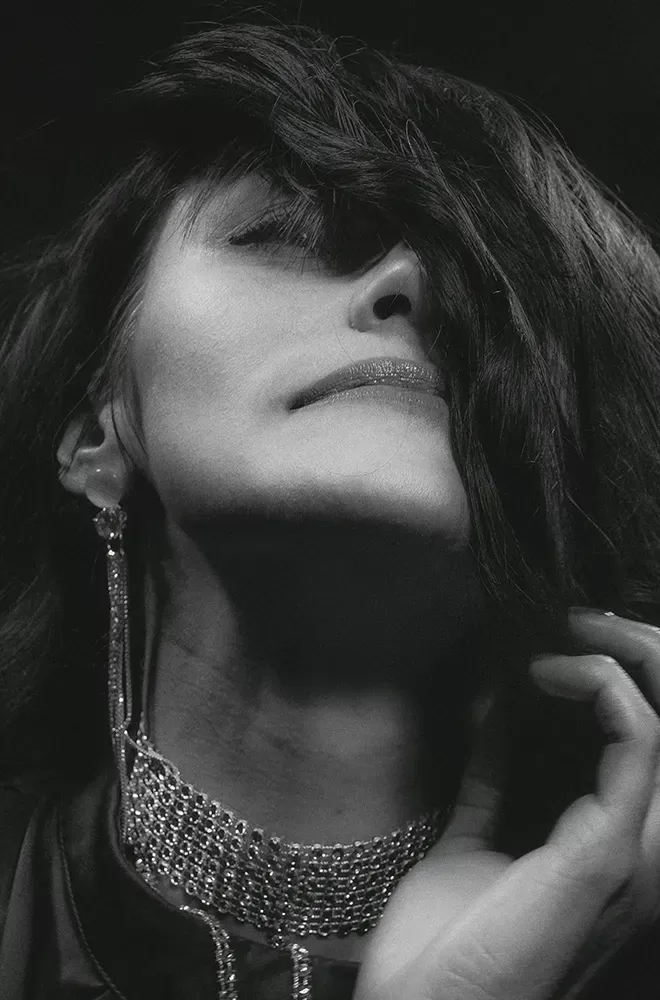
Where are female billionaires based?
In short, everywhere. Yes, you are most likely to find female money spinners in North America and Europe (see Françoise Bettencourt Meyers of L’Oreal and Alice Walton of Walmart as examples), but this demographic is starting to go global.
Emerging markets like Asia are seeing significant increases in the number of female UHNWs – and, interestingly, these women are mostly self-made. For example, Wealth-X recently found that 82% of the female UHNW population in China are self-made, and our offices in Singapore, Hong Kong, and Dubai have all reported recent growth in the number of UHNW female members.
And then in some places, UHNW females are starting to outpace their male counterparts. Data from Henley & Partners’ 2022 centi-millionaire report found that three countries now have more UHNW women than men: Madagascar, Qatar, and Saudi Arabia.
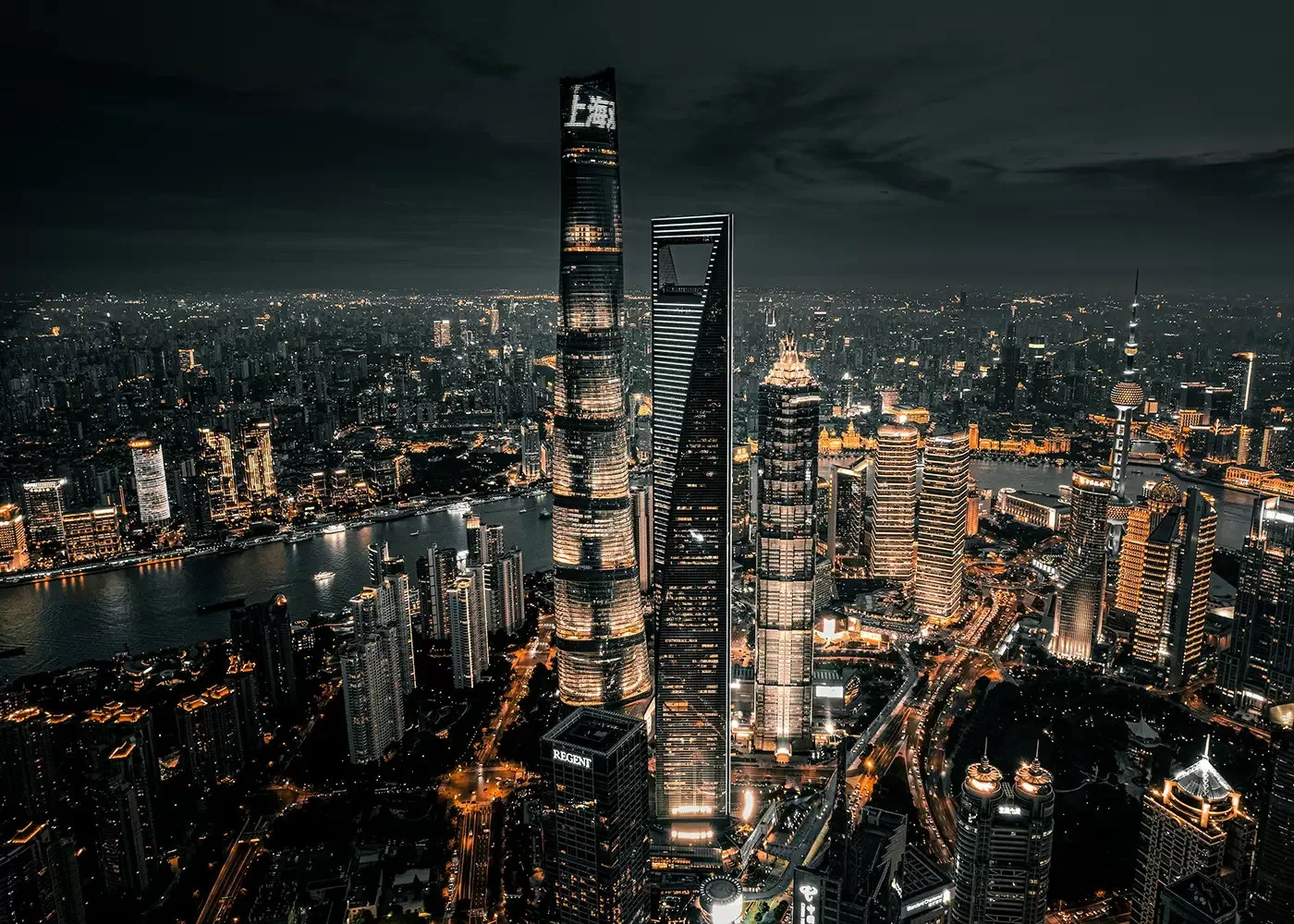
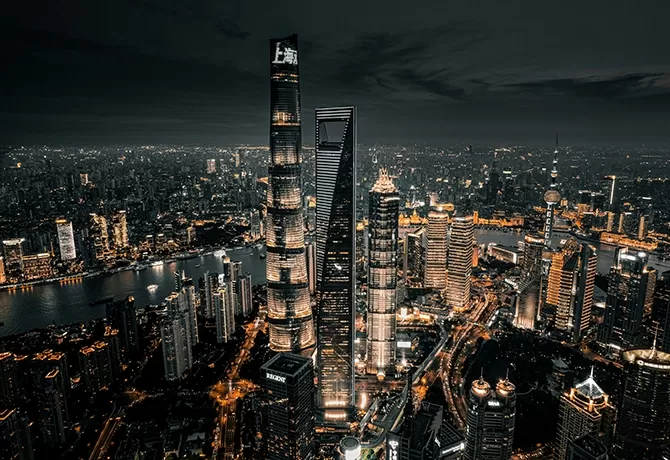
The gender difference
How old do you think a ‘typical’ billionaire is? Most people would probably land on the greyer end of the age scale – which is certainly true for men, as 48% of male billionaires are aged 50–70 and 42% are over 70. However, female billionaires buck this trend. They tend to be under 50 and are consequently increasing their sphere of influence amongst the new elite.
Our research also indicates that ultra-wealthy women are particularly prone to using their wealth to support their personal values. This can include huge political donations which, in turn, provide them access to key political players and the potential influence that comes with this.
Let’s take the US as an example. Research suggests that UHNW women tend to make larger political donations than male UHNWs – and they’re more likely to make frequent, smaller donations as opposed to large one-off sums. On average, female political donations from 2018–2021 totalled $134,100 – compared to $125,000 from ultra-wealthy male donors.
This is one of the reasons that brands and businesses must tailor their consumer strategies to suit the gender and preferences of their target markets. And at Quintessentially Experiences, we help brands to do just that. With unparalleled access to high-value audiences and global connections anchored in the luxury space, we harness our exclusive awareness and insight to develop meaningful event and experience strategies for brands – from audience research and insights to VIC and visitor experiences.
Find out more about what we do here and stay tuned for the next instalment of our series unpacking the mindset of the female billionaire and what she spends her money on.

